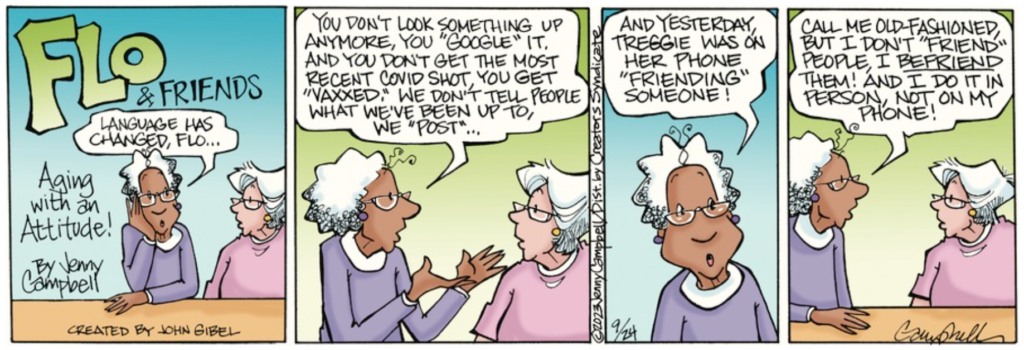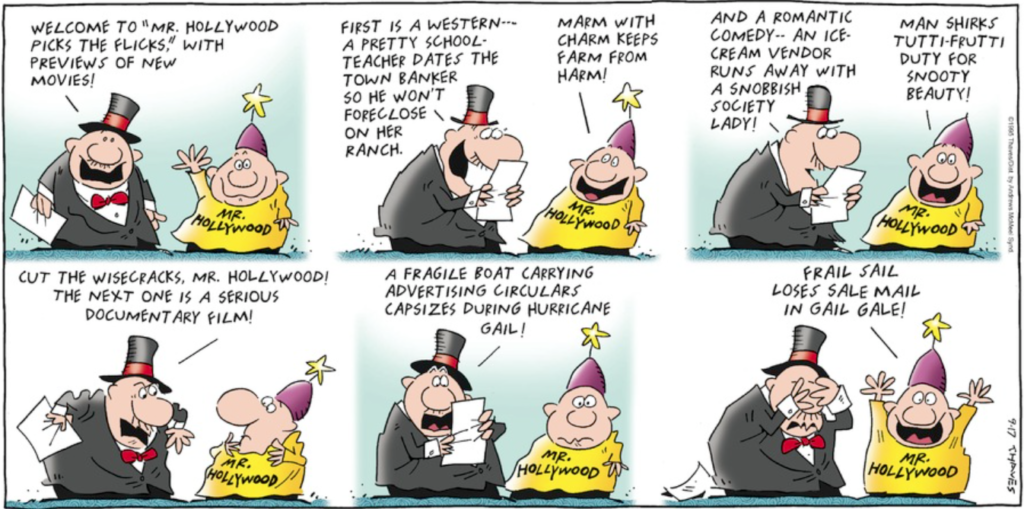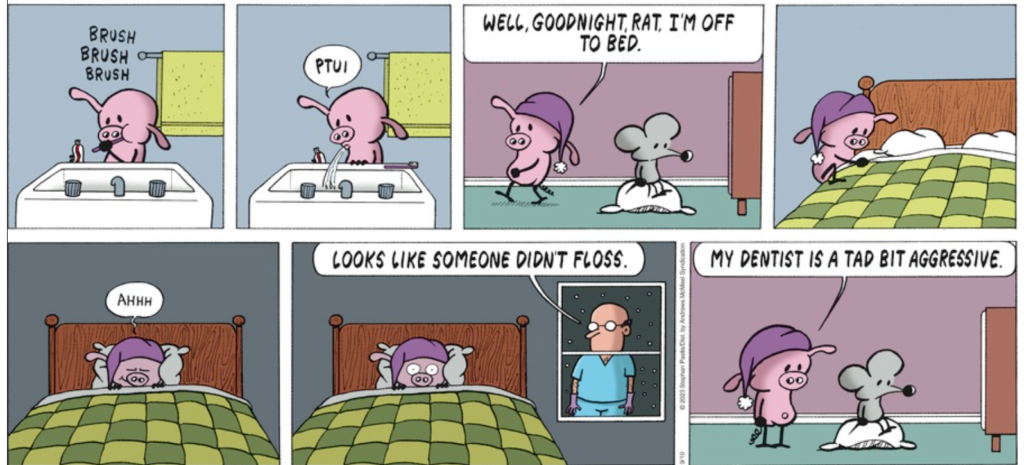No Lesson, Just Some Illustrations of Language Change
The first panel is slightly wrong.
She used the wrong verb. “Has changed” isn’t strong enough. Language is constantly changing!
What are a couple of your favorite examples of language change?
Subscribe to this blog's RSS feed
Not a Lesson, but Good for a Few Language Laughs
The guy who writes Frank and Ernest, Bob Thaves, is good at creating puns, which these are. And they rhyme.
I’ve posted some of his work before; do a search on frank and ernest in the search box on the right.
Normally You Don’t Use an Apostrophe to Make a Plural
The apostrophe goes with posessive forms, but an exception exists—acronyms use an apostrophe before the pluralizing “s” if you need it to be clearer. In this strip, it’s all uppercase, so the apostrophe is appropriate. Last panel, last word.
If this were normal upper-lowercase writing you would have CEOs, which is okay.
Conciseness Solves Problems
Yes, yes, the technical term is concision, but that’s not the word people use, except for us pretentious professionals. The word means to take out unnecessary words. Taking out the three unnecessary words here solves two problems. First panel:
Take out “was it that” and you have a much cleaner sentence, and it fixes two errors.
- Use “who,” not “that” when you refer to people.
- “It,” as spoken in the sentence, is a meaningless predicate nominative. Bad.
So just ask, “Who said ‘I’m not young enough to know everything?’ “
Remember Pleonasms?
Pleonasm is related to the word “plenty.” It means “extra (unnecessary) word.” We english speakers tend to be rather generous with our words, so pleonasms are a fairly common error. Here’s another one; last panel. Which word would you leave out?
Maybe leave out both “tad” and “bit.” With either word there, the sentence is an understatement, by the way.





